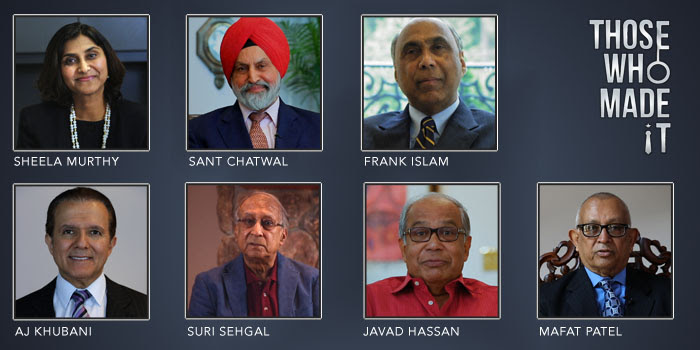
A new US national security strategy under Donald Trump was bound to induce great interest, especially about India‘s place in how the global system should be ordered. The 68-page document is confined to a macro view of the world’s complex and interconnected problems. However, India clearly emerges as a useful cog in US attempts to prevent a shift in the balance of power in the Asian heartland. More than West Asia, the US has chalked out a more prominent role for India in the maritime domain in line with its strategy to prevent a free hand to hobble China‘s bid to expand its regional influence.
What are the payouts? Trump explicitly asks India to loosen its purse strings in Central and South Asia, perhaps as compensation for declining to put Indian boots on Afghan soil. The price for partnering the US in the Indo-Pacific is both tangible — more orders for US military companies at a time when the US budget is facing constraints — and intangible — greater Indian visibility in the near neighborhood. Just as the US is single-mindedly devoted to advancing American influence, India will have to cut its cloth according to its own national interests. It cannot view Russia and China from the American lens of unremitting hostility: its only two make-in-India defense projects are of Russian origin and there is already word that a Sino-India trade-off on NSG and One-Belt One-Road may be in the offing. India can ill afford to shrink the room for dialogue with both Russia and China.
A reality check is also in order: the US mentions India as only one of the eight potential allies in the Asia Pacific. If India is described as a “leading world power”, there is approbation for the others: Japan is a “critical ally”, Australia “a key partner”, and friendship with South Korea “forged by trials of history”. In West Asia too, India has a marginal role as the US has several irons in the fire. Whether it was Obama earlier or Trump now, proximity with the US has its limits as well as advantages.
(Tribune, India)





Be the first to comment